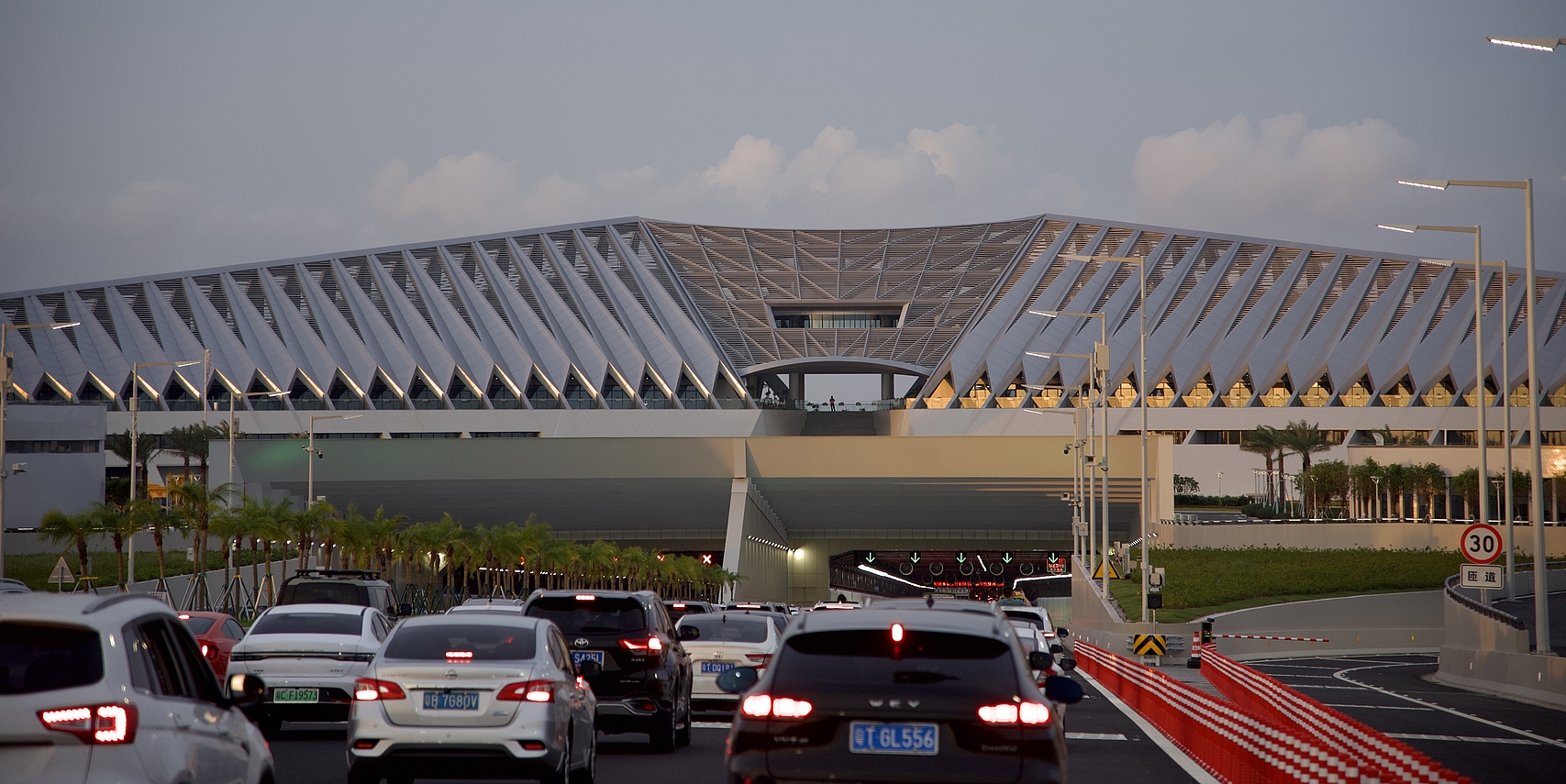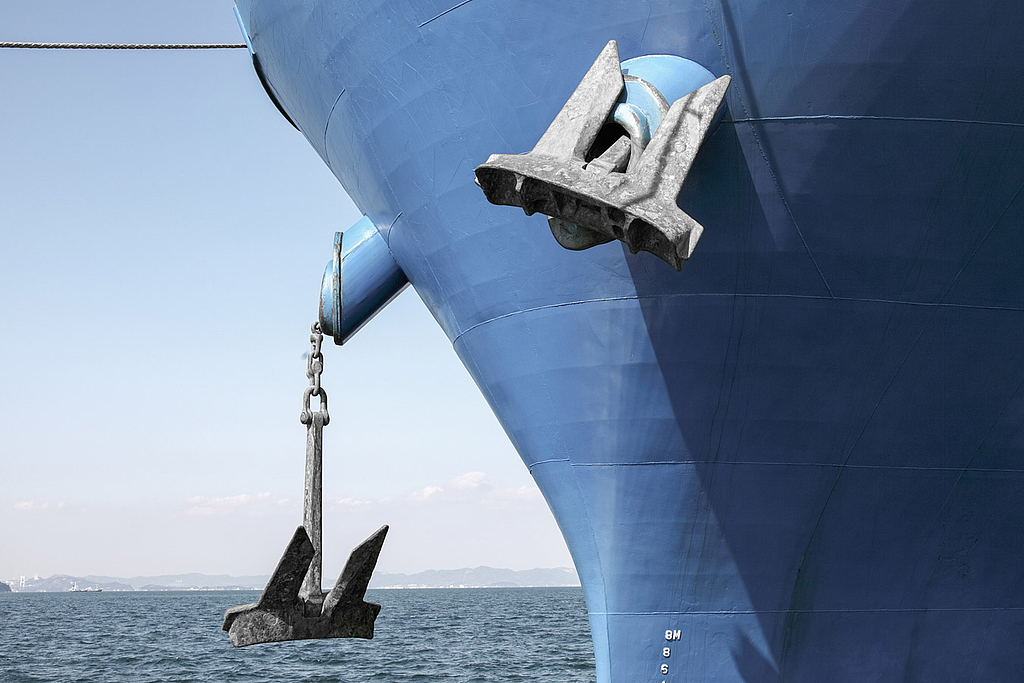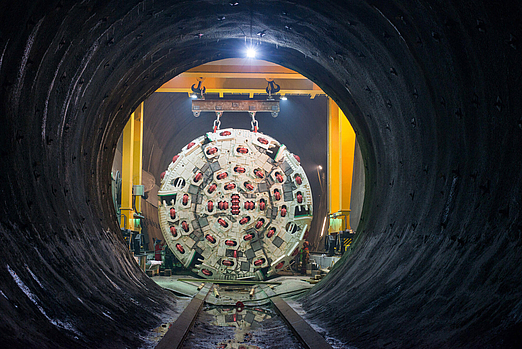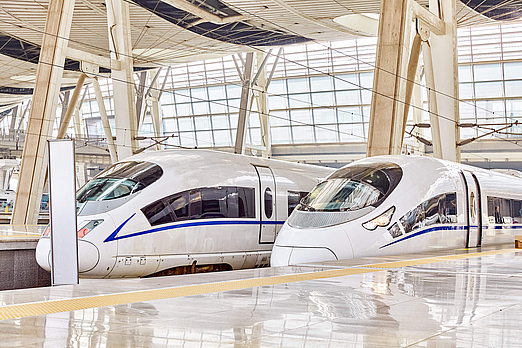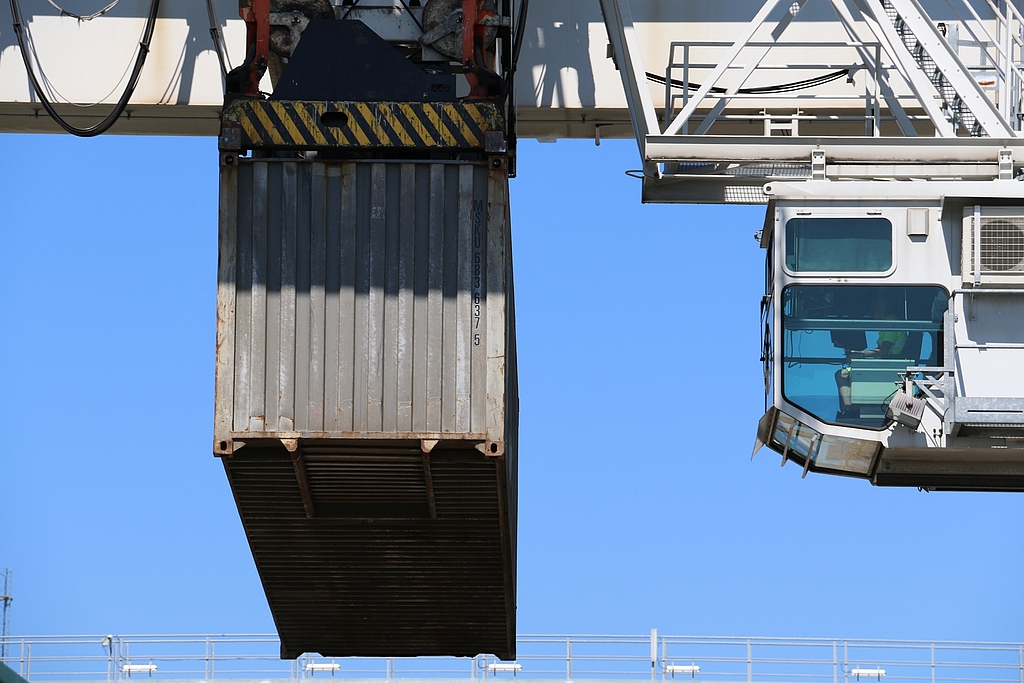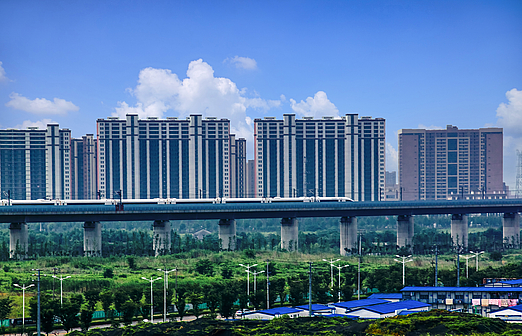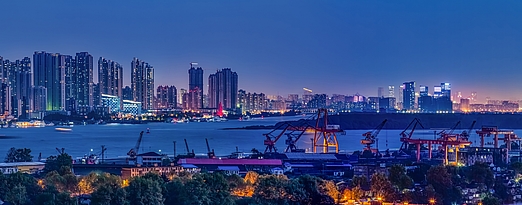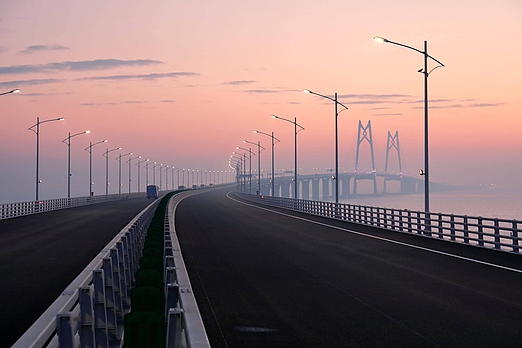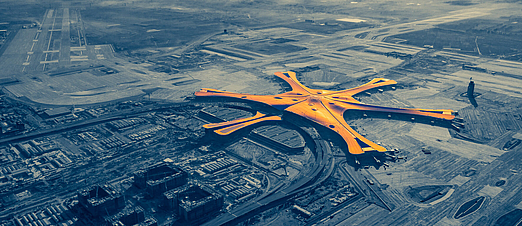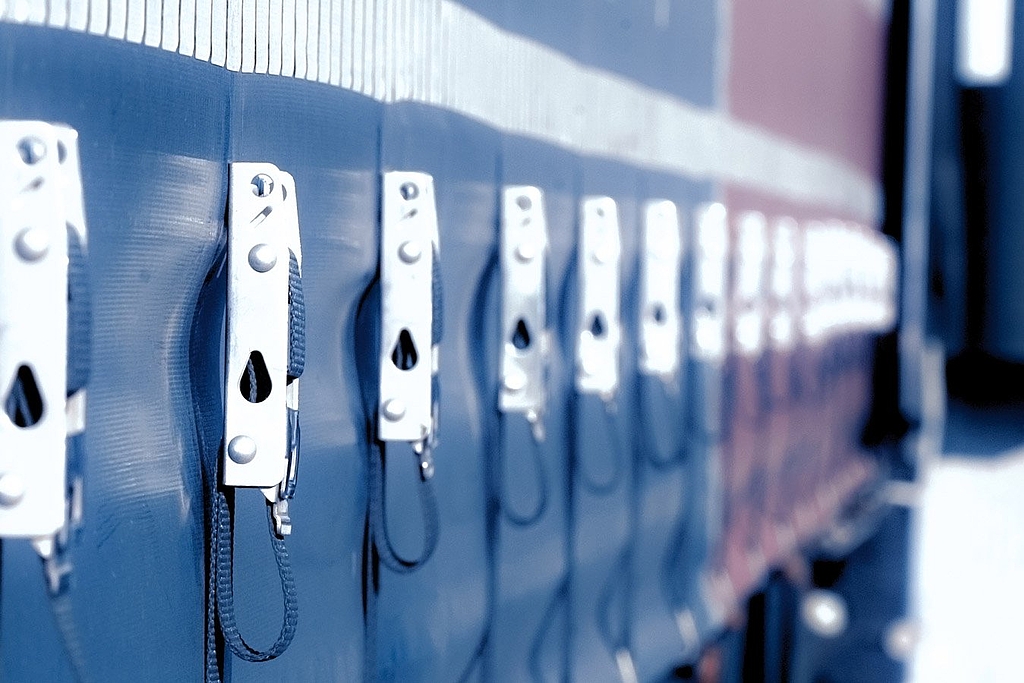Robots are monitoring a new record-breaking connection in China’s Silicon Valley
"Shenzhen-Zhongshan Link": The Pearl River Delta is becoming more interconnected
- Facts
In China, whose development is already record-breaking in itself, another engineering masterpiece has now been added to the list of wonders. It is not surprising that the 24-kilometer Shenzhen-Zongshan Link is another crossing above and below the Pearl River Delta in the Greater Bay Area – the Chinese counterpart to Silicon Valley is famous for superlative achievements like this. Find out more about an eight-lane connection with constant “ups and downs”, patrolling robots, and the world’s first underwater highway interchange.

